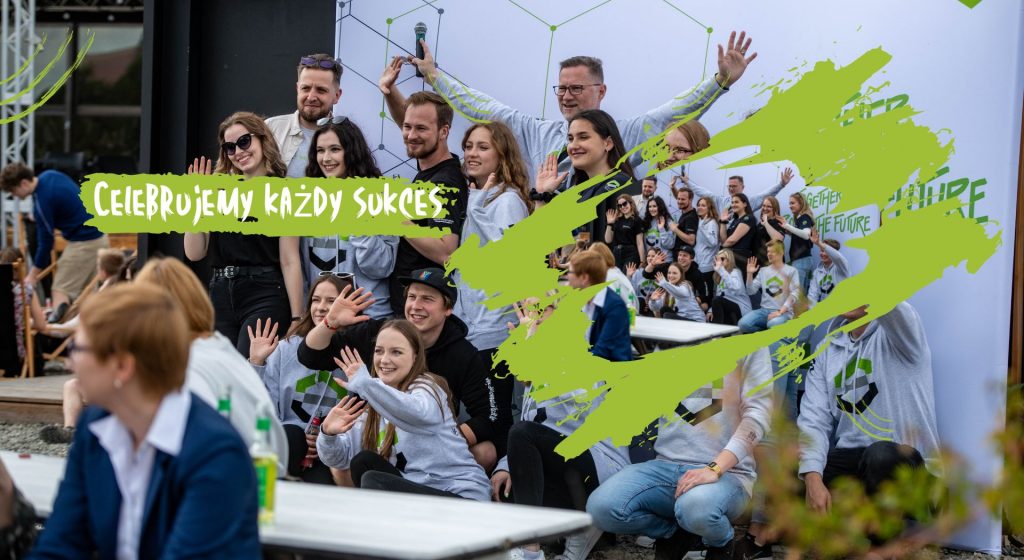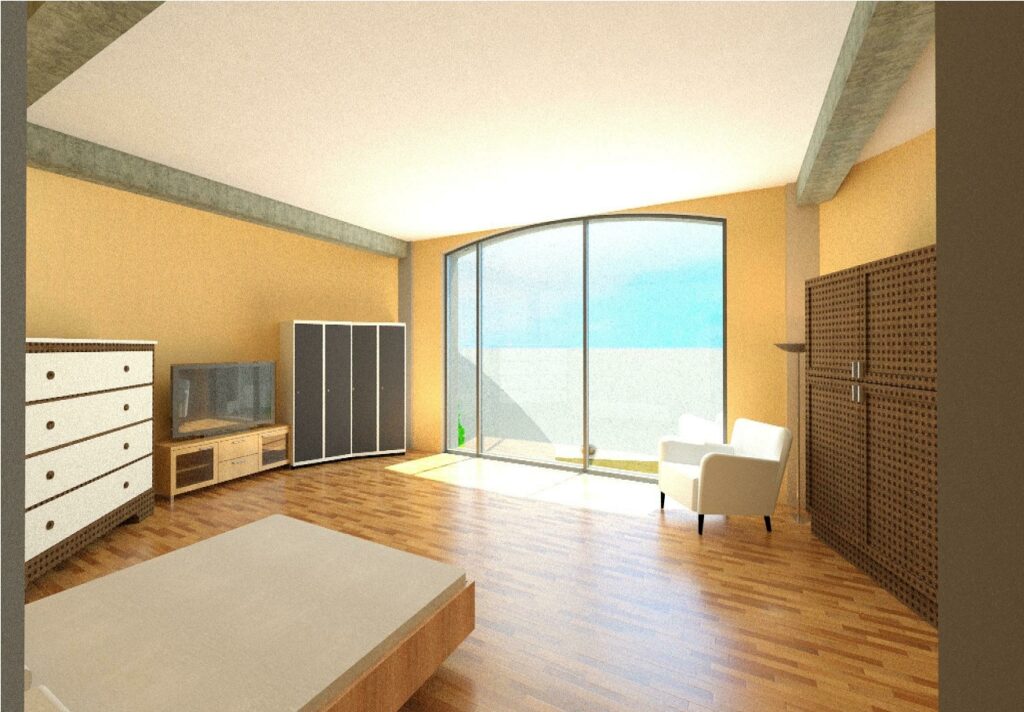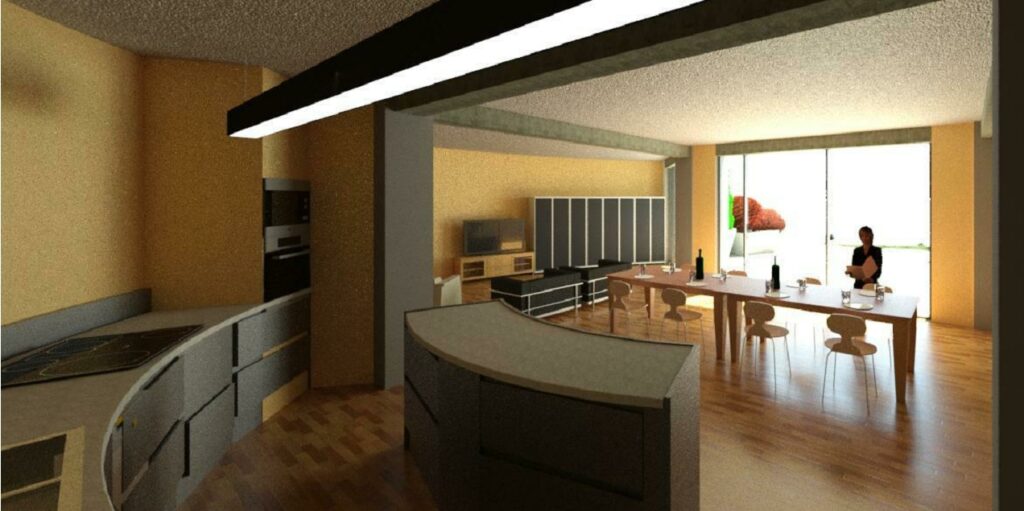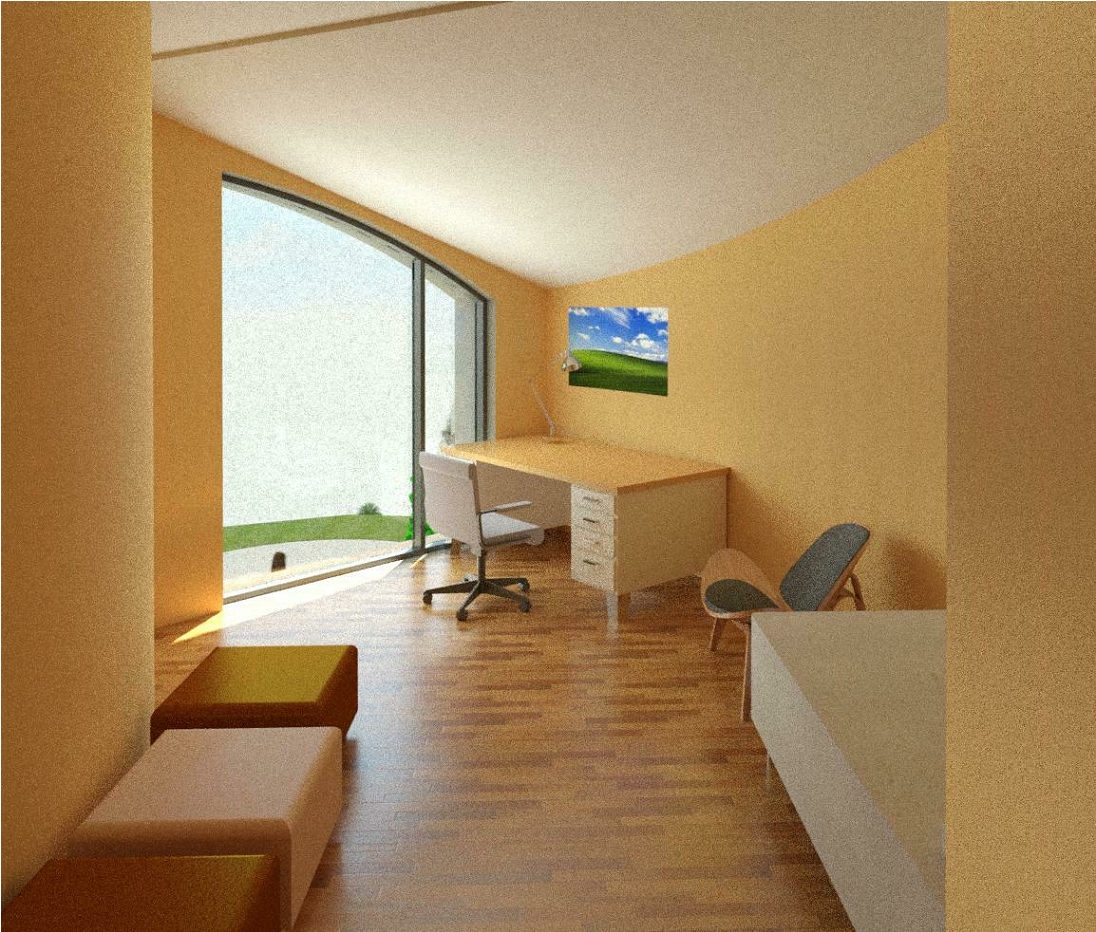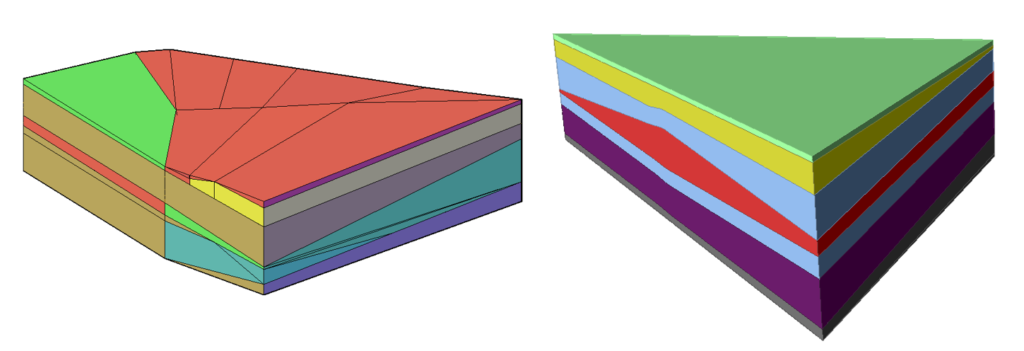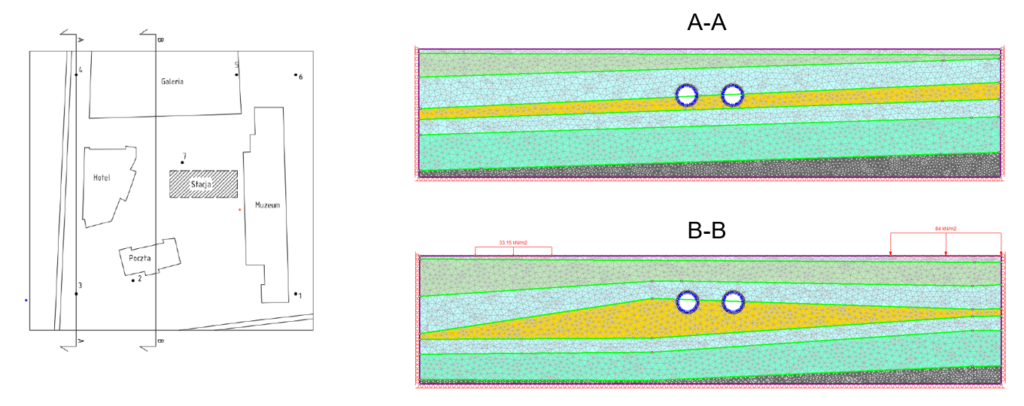
- This event has passed.
WILGZ students awarded!
July 25 All day
Young engineer challenge.
This year’s competition is the fifth edition of the challenge for studying engineers; representatives of all technical universities attended it. The challenge was not easy; the teams competing consisted of civil engineers, architecture engineers, structural engineering and geotechnics. Most participants already have professional experience, and our teams consisted of students of technical sciences with theoretical knowledge and skills developed while working in companies in the industry.
The task of this year’s challenge was to prepare a conceptual design which was a proposal for a solution to a defined engineering challenge. The works sent and presented to the competition jury had to be in the form of a project or a challenging fragment, in the scale adopted by the author.
The awarded laureates – WILGZ students
Selected elements of the works sent to the competition are presented in the gallery at the bottom of the article. However, their authors will introduce the ideas behind the created concepts.
Szymon Kycia – the author of the work submitted to the competition entitled “The concept of a residential building integrated into the slope of the mountain”. A student of unconventional thinking and willingness to further personal development.
“The work aimed to find a new solution for traditional single-family buildings.
Based on the combination of knowledge from several areas of civil engineering, the concept of a residential building integrated into the mountain slope was created. “
The factor behind the prepared project is thinking ahead about the current situation and finding solutions to ensure a better tomorrow.
“In the era of more stringent requirements regarding the thermal insulation of residential buildings and the methods of their heating, and thus emissions into the atmosphere, underground structures are becoming an increasingly attractive alternative to traditional buildings.
Due to their specificity, they are less susceptible to changing weather conditions and protect against noise, hurricanes and fire. They require less energy to maintain favourable conditions for functioning inside than conventional buildings. We should consider underground buildings as an ecological approach for future residential buildings.”
Jan Chmieliński – author of the competition project entitled “Preliminary selection of technical solutions for the construction of the subway in the geotechnical conditions of the city of Krakow”. Winner of third place during the national competition “Innovations in road engineering” in the category “Road engineering structures” organised by GDDKiA. Currently a geotechnical assistant interested in the stability of slopes and slopes and underground construction.
Mikołaj Jemielniak – author of the competition project entitled “Preliminary selection of technical solutions for the construction of the subway in the geotechnical conditions of the city of Krakow”. Two-time winner of the AGH UST Rector’s scholarship for scientific achievements. Winner of third place in the national competition “Innovations in road engineering” organised by GDDKiA. Currently an assistant to the works manager in a geotechnical company. Passionate about sports and chess.
Public transport is a critical element of large agglomerations. As a tourist and student city and a base for many companies, Krakow must find new solutions for dealing with communication and traffic. Our representatives faced this challenge.
“As geotechnical engineers, we focused on tunnelling and the construction of metro stations in the project. We analysed both the impact on the terrain surface, i.e. potential subsidence, and the forces occurring in the housing.
Our assumption was to perform comprehensive work in which we would make all decisions. “
“We started the whole process with selecting the construction site for the stations and bored tunnels. We wanted our work to be as accurate as possible, so we chose one of the locations presented in the Krakow metro feasibility study. “
“We compared the results of calculating flat models with the spatial model. We considered the construction work technology in the model by introducing the station’s construction stages and tunnelling. We also mapped the specifics of drilling with a TBM machine.”
What is the next competition?
We will not have to wait long for the answer regarding the next competition or competition in which our representatives will win prizes.
The creativity and competencies we are characterised by allow us to compete in many areas, starting from construction, management engineering, optimising industrial processes, shaping the environment, revitalising industrial sites, and mining engineering.
